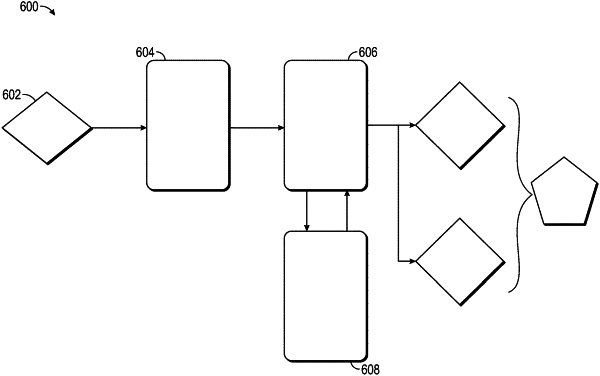| CPC G06N 5/04 (2013.01) [B60W 60/001 (2020.02); B60W 60/0011 (2020.02); B60W 60/00272 (2020.02); B60W 60/00276 (2020.02); G06V 20/58 (2022.01); B60W 30/0956 (2013.01); B60W 60/0027 (2020.02); B60W 2556/10 (2020.02); G06N 5/045 (2013.01)] | 14 Claims |

|
1. A method of operating an autonomous vehicle, comprising:
inferring a plurality of possible scenarios based on a current state of an environment of the autonomous vehicle;
tokenizing each of the plurality of possible scenarios;
determining a historical likelihood for each of the plurality of possible scenarios using each of the tokenized scenarios, wherein the historical likelihood for a tokenized scenario is based on a similarity percentage indicating a similarity of the tokenized scenario to one or more historical events in a database and an occurrence score indicating how often the one or more historical events in the database having a similarity to the tokenized scenario occurs in the database;
selecting a scenario from the plurality of possible scenarios using the historical likelihoods; and
operating the autonomous vehicle based on the selected scenario.
|